4 cooling features to look for in side sleeper mattresses
Your expert guide to finding the perfect bed for hot side sleepers
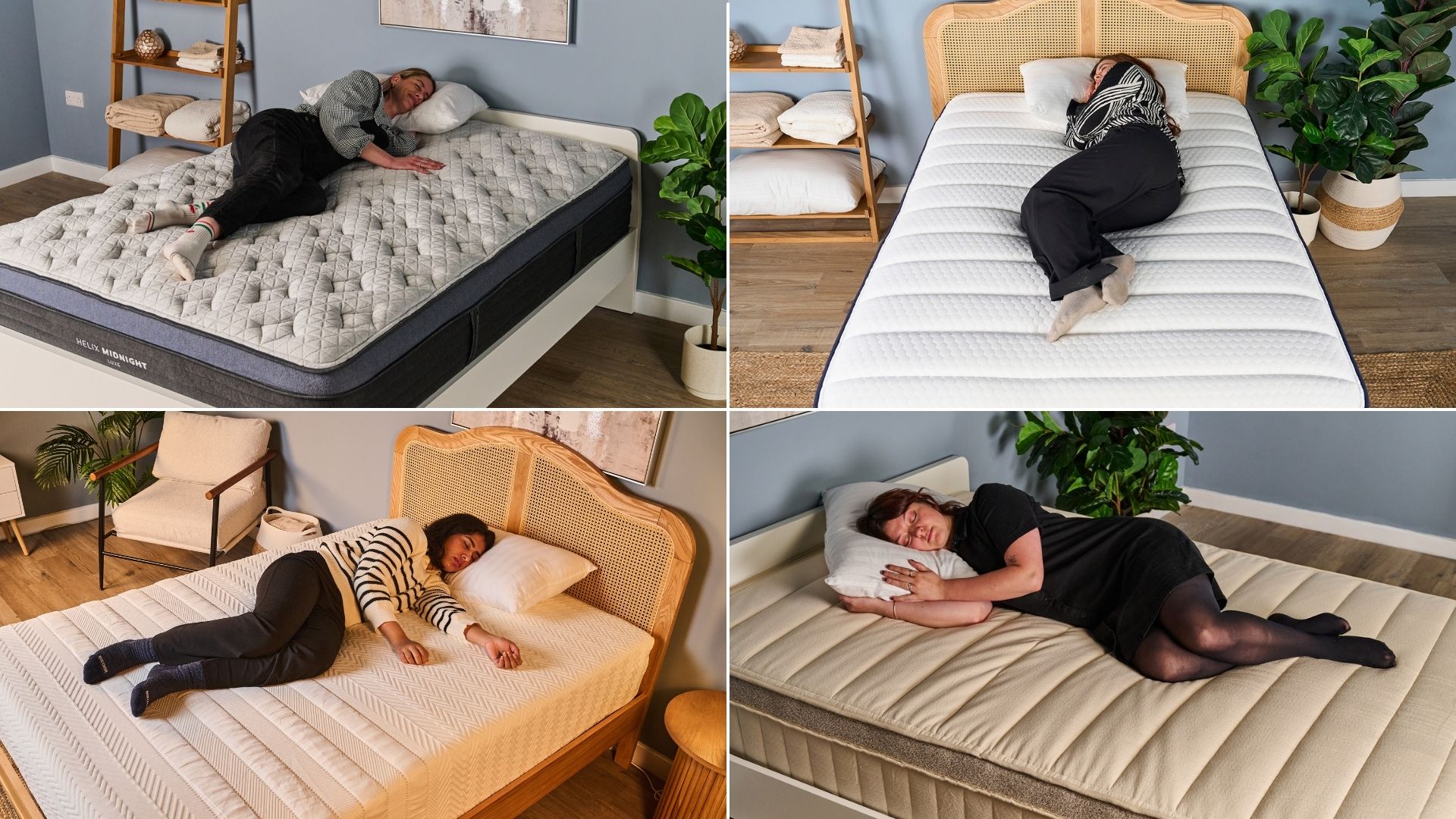
Side sleeping is regarded as the best sleep position by experts and is the most popular sleep position worldwide, according to a study of over 660 people.
However, side sleepers tend to need more cushioning in their beds to reduce pressure buildup in the shoulders, hips and knees. This means the best mattresses for side sleepers are softer ones with plenty of foam layers — and more foam can mean more heat.
Without specialized cooling adaptations, memory foam in mattresses acts like a sponge, absorbing heat and moisture from the air and your body, which can make the bed feel stuffy and leave you sweltering on warm nights.
But worry not, hot side sleepers; there are several features to look out for that can help you find a cooling and comfortable bed in the mattress sales.
I'm a predominant side sleeper myself and have tested many of the best mattresses in both the Tom's Guide sleep studio and a warm attic bedroom over the past year. Here, I'll be sharing my top tips for finding the right cooling mattress for your sleep position...
What mattresses are ideal for side sleepers?
Sleeping on your side requires the right balance between cushioning around your shoulders, hips and knees and support for your back.
Many of our side-sleeping mattress testers like ultra-plush beds you sink into rather than lie on top of, while others prefer a medium-firm bed that contours around joints in contact with the mattress but is responsive enough to keep the spine aligned (which is ideal).
Get instant access to breaking news, the hottest reviews, great deals and helpful tips.
Ultimately, your body weight will influence exactly how firm your mattress should be and how much cushioning you need. Lighter people will find softer mattresses supportive enough, while heavier side sleepers will need a firmer surface to avoid spinal dips that lead to back pain.
Generally, soft and medium-firm beds, or pillow-top mattresses, are best for side sleepers. But these mattresses come with lots of foams and other cushioning materials, throwing a curveball in front of temperature regulation.
4 things to look for in a cooling mattress for side sleepers
The best cooling mattresses for side sleepers feature materials and designs geared towards improving breathability, moisture absorption and heat dissipation. Here's what to look for when shopping for your new bed…
1. Hybrid designs
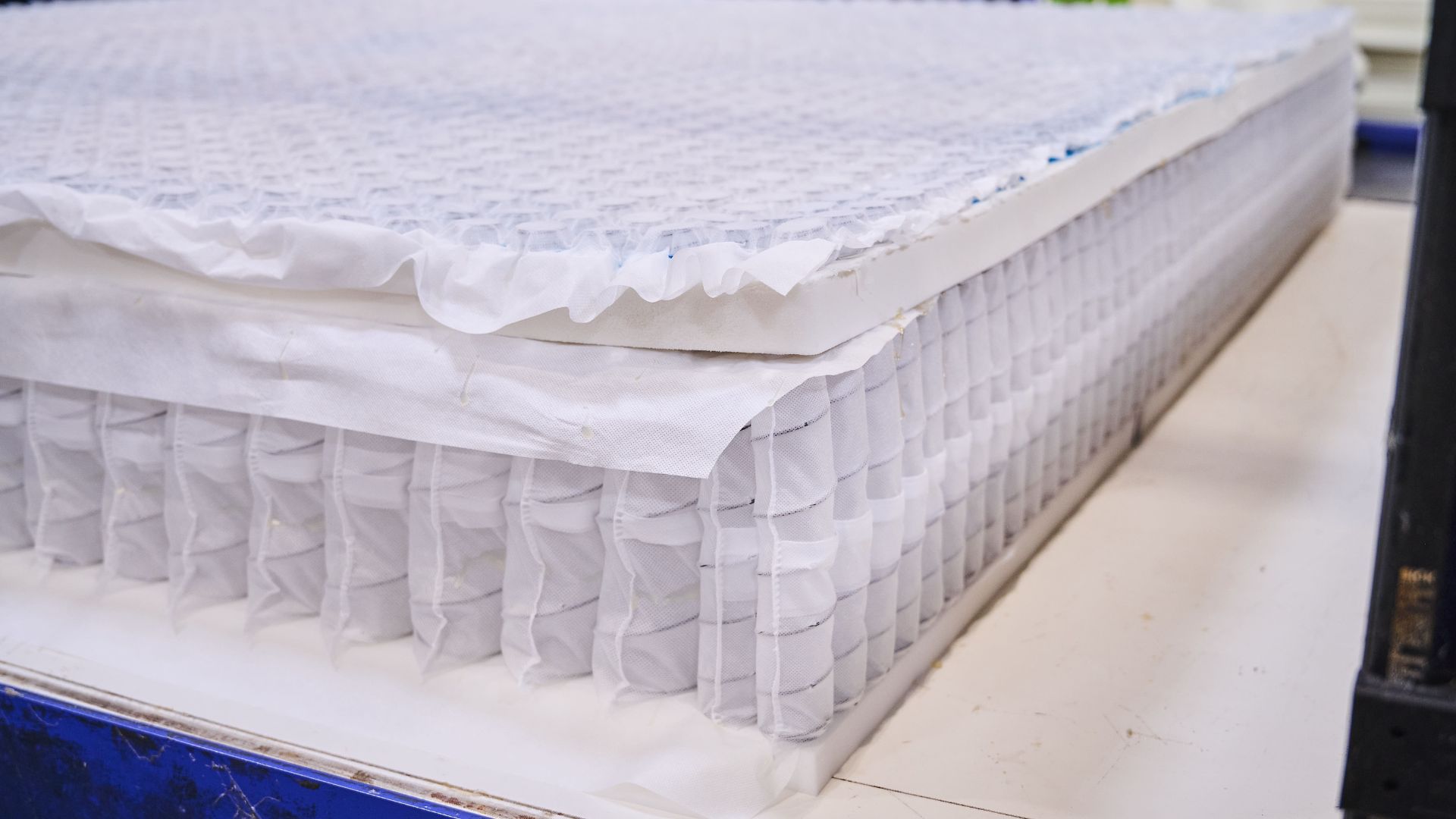
Hybrid mattresses are generally more temperature balancing than memory foam mattresses as the airy spring layers allow air to circulate through the mattress, cooling it down. On the other hand, foams act like a sponge, trapping heat and moisture.
The good news is that unlike full innerspring beds, hybrids still have foam layers offering plenty of pressure relief for side sleepers, with a good balance of support from responsive coils too.
2. Cooling covers
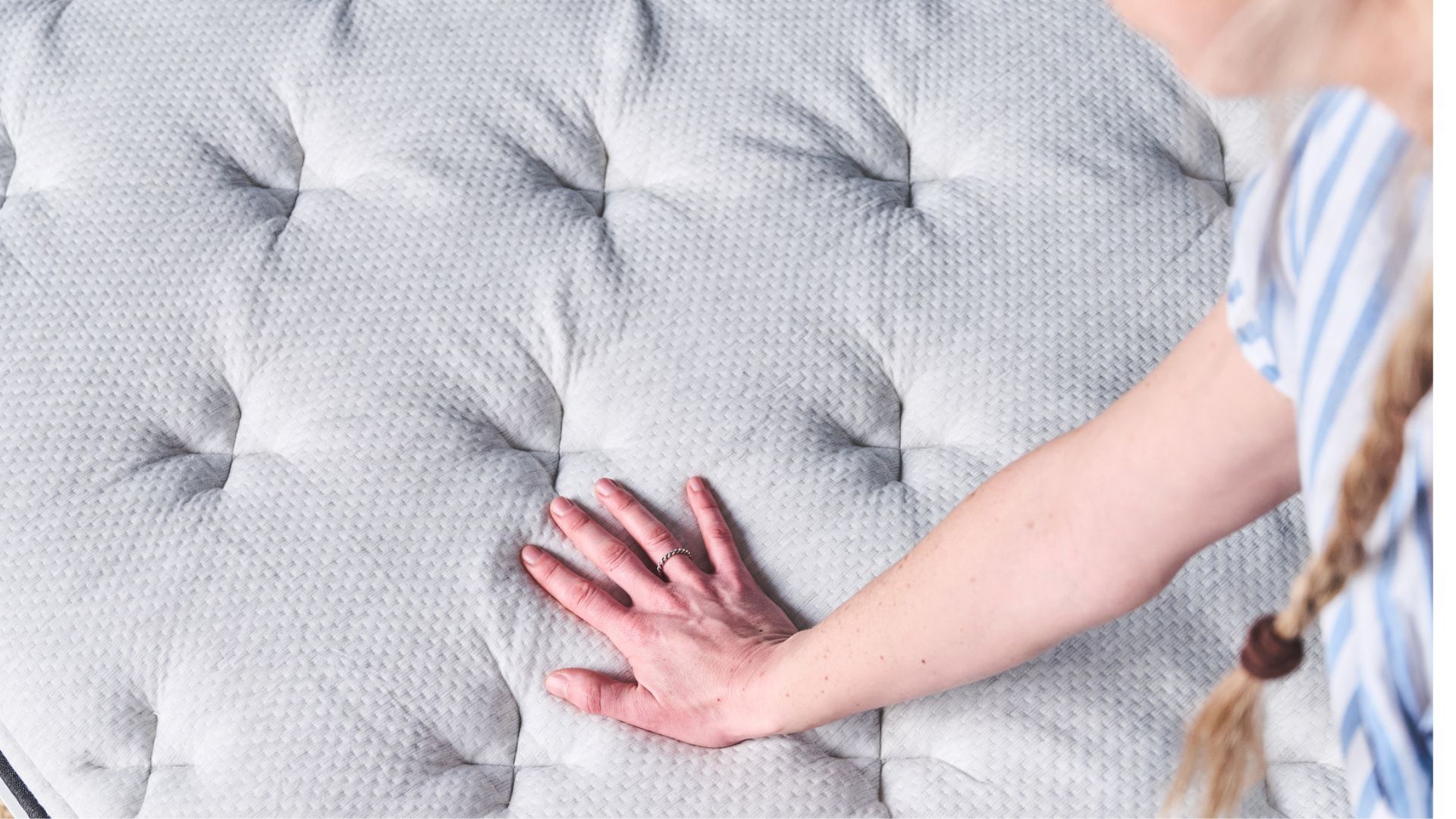
With temperature regulation problems being a common sleep disruptor, the world of cooling mattress technology is quickly evolving. Mattress manufactures have started using innovative fabrics to help cool down the surface of beds while you sleep on them.
Phase Change Material (PCM), GlacioTex and Tencel are three examples of such technology. These materials are embedded into mattress covers and combined with cooling fibers that can dissipate heat from the mattress surface, absorb moisture or improve breathability, providing a cool-to-the-touch sleep surface.
3. Gel-infused foams
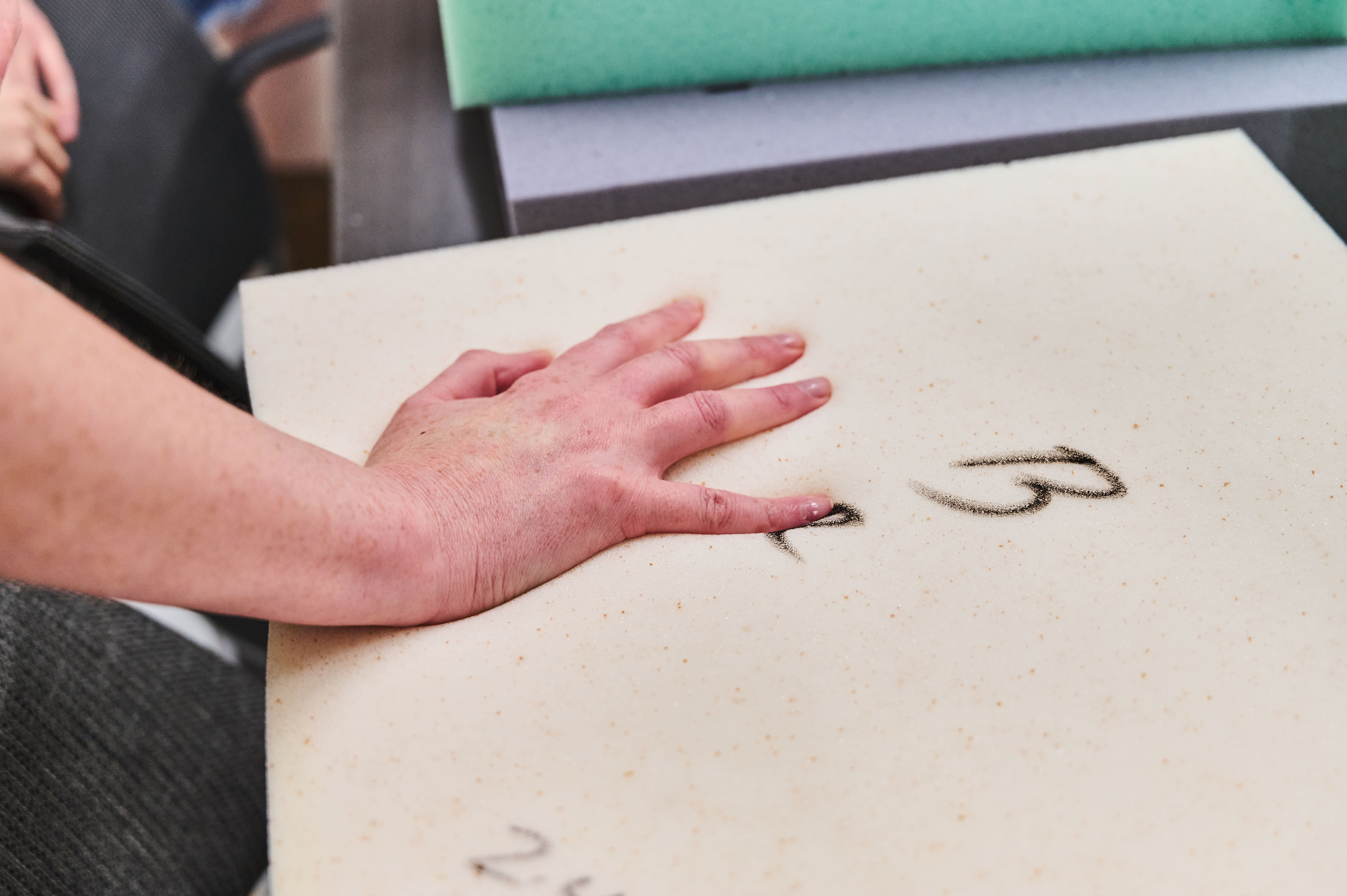
Gel-foam mattresses incorporate tiny polymer gel beads or particles within the foam to improve temperature regulation and keep sleepers cooler. Similar to the cooling cover fabrics above, these gel beads absorb and disperse body heat through the night.
This means that they can prevent foam from trapping heat and create a cooler sleeping surface compared to traditional memory foam. In short, they can create a dreamy bed for side sleepers, but gel-foam alone may not provide enough cooling power for you; look out for mattresses that combine gel-foam with other cooling tech.
4. Copper or graphite foams
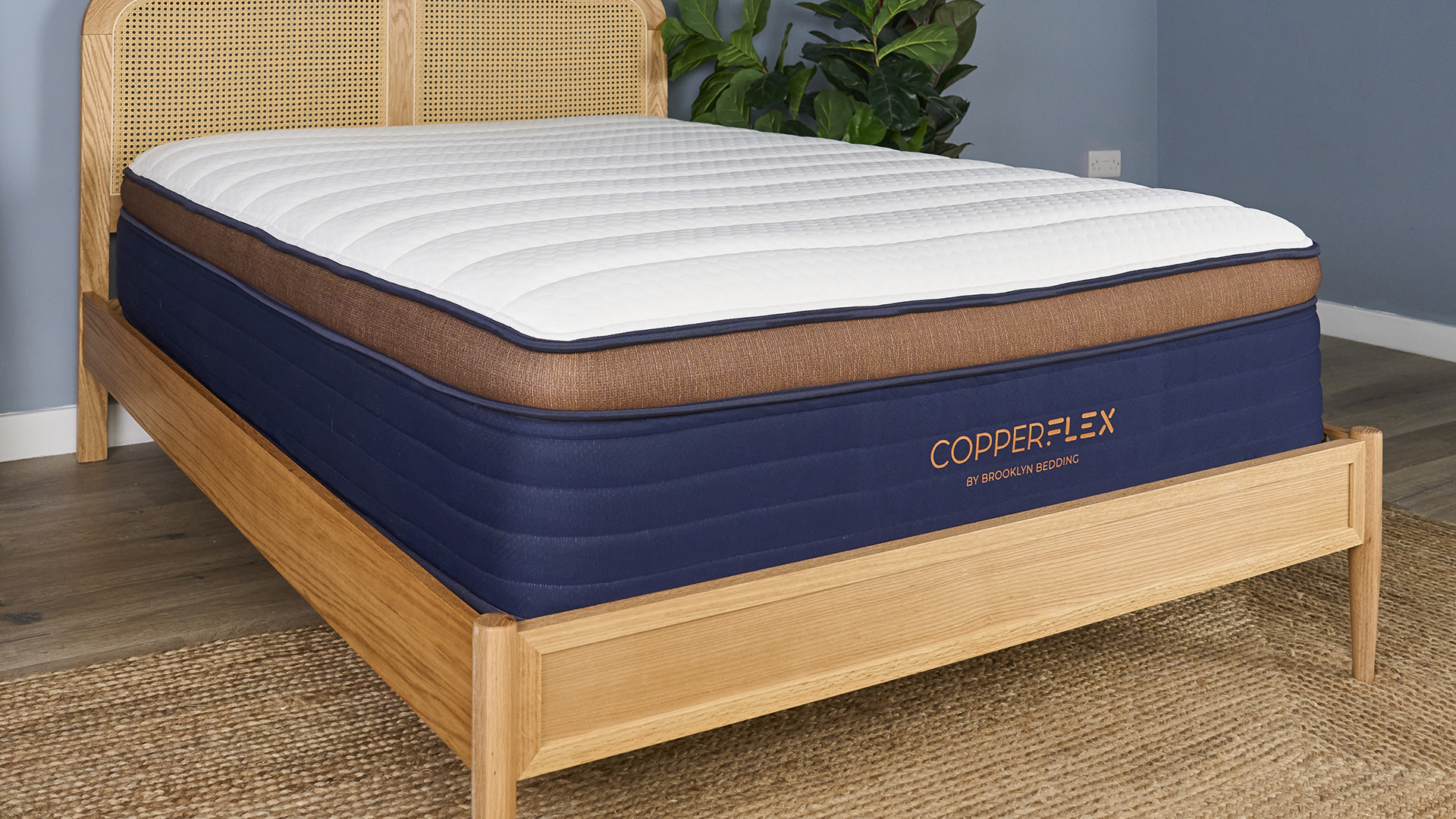
If you think back to high school chemistry class, you'll remember copper and graphite are metals with high thermal conductivity. This means they easily absorb heat, making them great mattress components.
Manufacturers often infuse copper and graphite ribbons into mattress foams to aid temperature regulation. These ribbons conduct heat away from your sleeping body and disperses it across the mattress surface to prevent hot spots forming in your bed.
Examples of mattresses with copper infusions include our favorite cooling option, the Bear Elite Hybrid Mattress, and the more affordable Brooklyn Bedding CopperFlex Pro Hybrid Mattress. Examples of mattress with graphite include the ultra cooling and supportive Zoma Boost Mattress and the Glacier Apex Hybrid Mattress that we tested recently.

Eve is a sleep tech product tester and writer at Tom's Guide, covering everything from smart beds and sleep trackers, to sleep earbuds and sunrise alarm clocks. Eve is a PPA-accredited journalist with an MA in Magazine Journalism, and has four years’ experience writing features and news. In her role as Sleep Tech Product Tester and Writer for Tom's Guide, Eve is constantly trying out and reviewing the latest sleep products from brands such as Apple, Garmin, Whoop, Hatch, Sleep Number, Eight Sleep, and Oura. A fitness enthusiast who completed the London Marathon earlier this year, Eve loves exploring the relationship between good sleep, overall health, and physical performance, and how great sleep tech can make that relationship even better.
You must confirm your public display name before commenting
Please logout and then login again, you will then be prompted to enter your display name.
